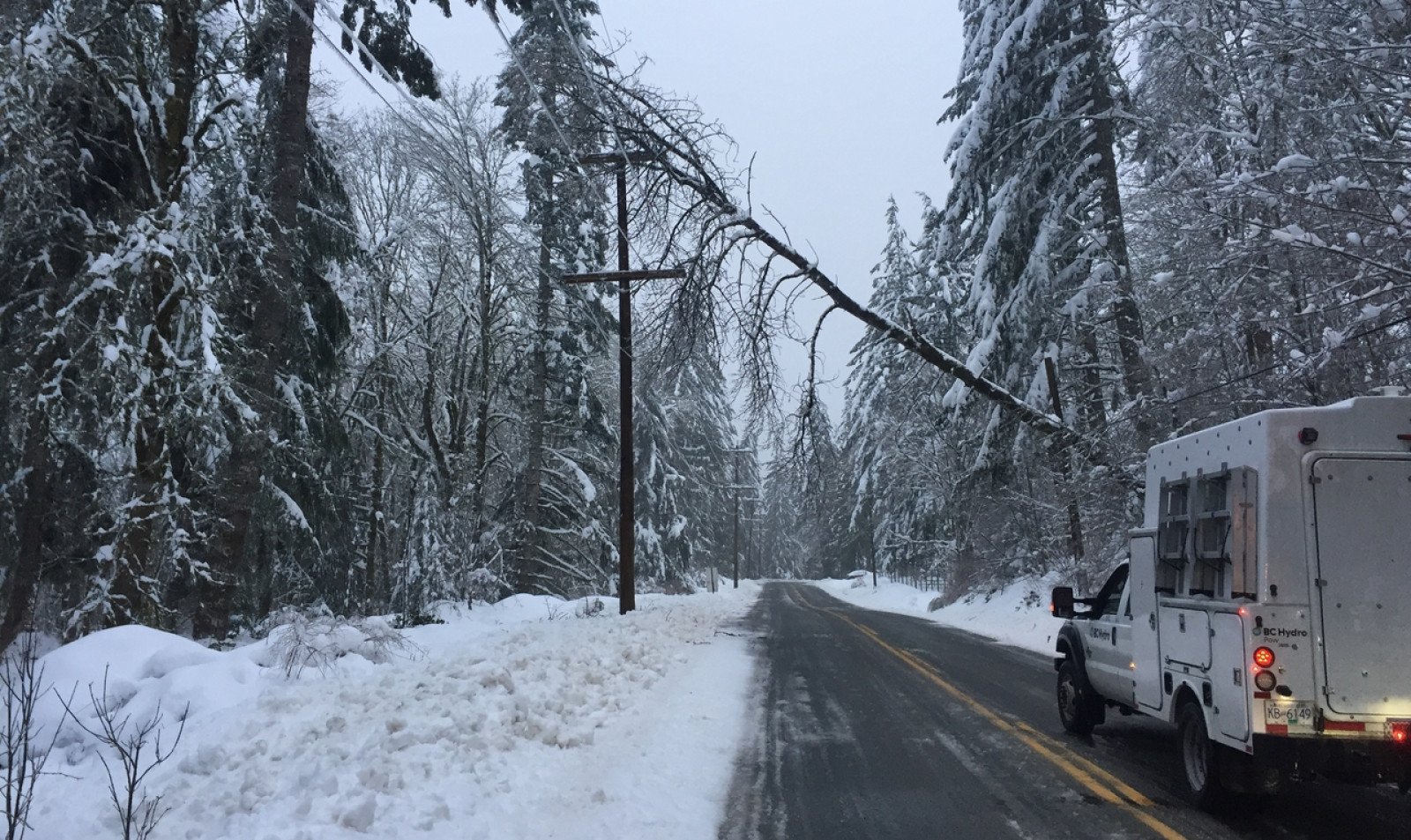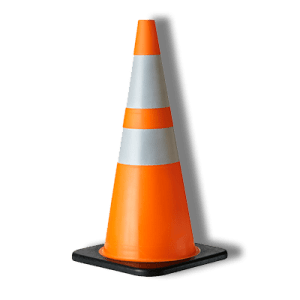
Overview
Compare the differences between summer and winter weather with your classroom. Use a slideshow to teach students about electricity, getting prepared for power outages and staying safe around downed power lines. Play a matching game to review what they learned and a take home activity to share with their families.
Instructions
What you'll need
- “Winter storm safety” slideshow
- “Winter storm safety game cards”
- Print and cut out one set per group of three to four students
- “Winter storm safety” take-home activity
Winter storm safety slideshow
- Slide 1: Today, we’re going to learn how to stay safe during winter storms when the power goes out.
- Slide 2: Our lights work using something called electricity. If you plug it in or turn it on, it uses electricity – like lights, refrigerators, computers and some stoves.
- Sometimes, our electricity can stop working. That’s called a power outage. Has anyone had that happen? What was it like? Hear some answers.
- Slide 3: Something we can do to get prepared for power outages is to make an emergency kit for home, like we have the emergency bag in our classroom.
- Optional: Show students the classroom’s emergency grab bag and what’s in it.
- What do you think goes in an emergency kit at home? Hear some answers. (First aid kit, flashlight, food and water, warm clothes, emergency plan, cash, whistle, radio. See Teaching notes for more information.)
- Slide 4: Let’s talk about how the weather is different between summer and winter.
- Put up your hand if you can think of one word to describe the weather in the summer. Hear some answers then ask for one word to describe the weather in the winter.
- In winter, it’s colder and we have more wind, rain and snow storms. Sometimes when this happens, the power goes out. What do you think makes the power go out? Hear some answers.
- Slide 5: We use electricity safely all the time, but it can be dangerous. Power lines, that are normally held up in the air by power poles, can get knocked down, especially during storms. Downed power lines are a dangerous situation.
- Slide 6: In order to stay safe from a downed power line, stay back 10 metres which is the length of a big yellow school bus.
- Slide 7: If you see downed power lines, have an adult call 911. An easy way to remember this is “Down. Danger. Dial.” If you see power lines DOWN, there’s a DANGER, so you need to DIAL 911.
Winter storm safety game
- Have students use the “Winter storm safety game cards” to play a matching card game in small groups of three or four students to review what they just learned.
- Give each group a set of “Winter storm safety game cards”.
- Have each group look at the pictures and find the pairs of cards, allowing each student to find at least one pair.
- Have them explain to their group what the picture from their pair(s) of cards means or represents. Use the images in the slideshow to review the six pictures - electricity, emergency kit, winter storms, downed power lines, stay back, call 911.
- In their groups, have students make one pile of cards, shuffle and place them face down on their table. Review how to play a matching memory game.
- Remind them to explain the pictures when they find a match.
- Continue playing until all pairs have been found.
Winter storm safety take-home activity
- Explain that now they can be detectives at home and teach their families about electricity, how to stay safe around downed power lines and how to get prepared for power outages during the stormy winter season.
- Give each student a copy of the “Winter storm safety” take-home activity and review it with them.
- When they get home, look for things that use electricity with their family and draw them on the first page.
- Remind students to stay safe around downed power lines by remembering “Down. Danger. Dial.”
- Parents and guardians can follow the links provided at BC Hydro and PreparedBC to find a full list of what to pack in an emergency kit and what to do during power outages.
Modify or extend this activity
- Send the “Winter storm safety game cards” home (email or hard copy) and have students play the game with their families. They may use the cards to play any matching game – Go Fish, Old Maid, Memory, etc.
- Teach one of the other safety activities for elementary students found on Power Smart for Schools.
- Take the students outside and measure 10 metres so they can visualize how far to stay back from downed power lines.
Curriculum Fit
Core competencies
Thinking
- Critical and reflective thinking
Personal and social
- Personal awareness and responsibility
Grade K, 1 Physical and Health Education
Content
- Hazards and potentially unsafe situations
Curricular competencies
Social and community health
- Identify and describe a variety of unsafe situations
Kindergarten Science
Big ideas
- Daily and seasonal changes affect all living things
Content
- Weather changes
- Seasonal changes
Assessments
- Assess students’ understanding that a downed power line is an unsafe situation, and the importance of an emergency kit in power outages, from their participation in the card game.
- Assess student understanding of seasonal and weather changes from the words they contribute about the differences between summer and winter.
Teaching Notes
We use electricity all the time for our lights, computers, stoves, heating, hot water, vehicles and more. Electricity is powerful and can be dangerous in some situations, so students need to learn to respect it and identify unsafe situations. Downed power lines can cause power outages, and during storm season, it’s important for students to know how to stay safe around downed power lines and how to get prepared for power outages.
Down. Danger. Dial.
A downed line may be on the ground or caught in a tree. Wherever it lands, it can be a danger to yourself and others. Stay at least 10 metres (the length of a yellow school bus) away from the downed line and call 911 as soon as you can. Emergency services dispatch a team immediately to secure the area and will contact BC Hydro right away. Learn more about electrical safety here.
Power lines
Always look up and look down. Be aware of overhead and underground power lines.
Overhead wires entering houses and buildings aren’t insulated and therefore can’t protect you from an electric shock. You don’t have to touch a power line to be shocked or electrocuted; if you come within three metres of a power line, the energy can arc (jump) towards you and take a path to the ground through your body. Stay back at least three metres from any power line. If a power line is down, stay back at least 10 metres and call 911.
See BC Hydro’s outages and safety for more information on electrical safety and power outages.
Power outages and emergency kits
Power outages can be caused by power lines falling to the ground. Prepare for a power outage by developing a plan with your family. Make a list of local emergency contact numbers and purchase or prepare an emergency kit. Never use a portable generator indoors because carbon monoxide gas can build up and lead to death.
See PreparedBC for more information about hazards, being storm ready, emergency kits and emergency plans.







